Home>Furniture & Design>Bathroom Accessories>How Many Liters Is A Bathtub?
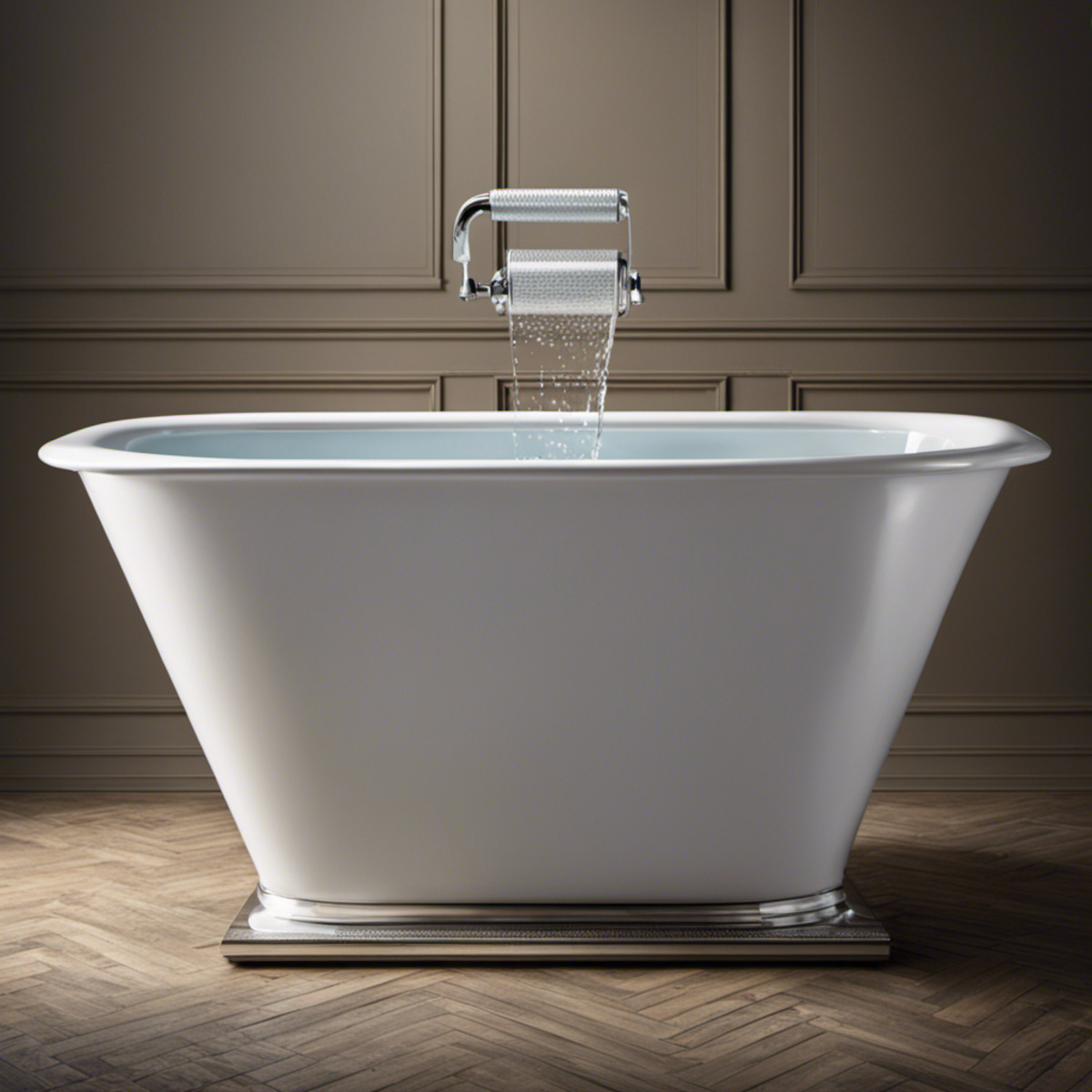

Bathroom Accessories
How Many Liters Is A Bathtub?
Modified: October 20, 2024
Discover the perfect bathroom accessories for your space, including bathtubs in various sizes. Find out how many liters a bathtub holds and more. Explore now!
(Many of the links in this article redirect to a specific reviewed product. Your purchase of these products through affiliate links helps to generate commission for Storables.com, at no extra cost. Learn more)
Standard Bathtub Sizes
When it comes to choosing a bathtub, it's essential to consider the size that best suits your needs and the available space in your bathroom. Standard bathtub sizes can vary, offering a range of options to accommodate different preferences and spatial constraints. Here are the most common standard bathtub sizes:
-
Alcove Bathtubs: These are designed to fit into a three-wall enclosure, with typical dimensions of 60 inches in length and 30 to 36 inches in width. The depth of alcove bathtubs usually ranges from 14 to 20 inches.
-
Drop-In Bathtubs: These bathtubs are installed into a framed enclosure and have a rim that extends above the surrounding surface. They often measure around 60 inches in length, 30 to 36 inches in width, and 16 to 25 inches in depth.
-
Freestanding Bathtubs: These stand-alone tubs offer a more flexible installation option, as they are not confined by surrounding walls. Freestanding bathtubs typically come in various sizes, with lengths ranging from 55 to 72 inches, widths from 28 to 42 inches, and depths from 24 to 32 inches.
-
Corner Bathtubs: Designed to fit into a corner space, these bathtubs are generally larger to accommodate two people. The standard dimensions for corner bathtubs are approximately 60 to 72 inches in length, 48 to 60 inches in width, and 18 to 26 inches in depth.
-
Oval Bathtubs: These tubs feature a unique shape that can vary in size, with lengths ranging from 55 to 80 inches, widths from 25 to 42 inches, and depths from 16 to 25 inches.
-
Round Bathtubs: With a circular design, round bathtubs typically have a diameter of 5 to 6 feet and a depth of 2.5 to 3 feet.
Understanding the standard sizes of different bathtub types is crucial for making an informed decision based on your preferences, available space, and the desired level of comfort. Whether you opt for a space-saving alcove bathtub or a luxurious freestanding tub, knowing the standard dimensions will guide you in selecting the perfect fit for your bathroom.
Key Takeaways:
- Choose a bathtub size based on your space and preferences. Consider dimensions, depth, and design to find the perfect fit for your bathroom and bathing needs.
- Measure bathtub capacity accurately by considering dimensions, water depth, and displacement. Factor in user preferences and practical requirements for a satisfying bathing experience.
Read more: How Many Liters In A Hot Tub
Factors Affecting Bathtub Capacity
The capacity of a bathtub is influenced by several factors that play a crucial role in determining its functionality and suitability for different users. Understanding these factors is essential for making an informed decision when selecting a bathtub that meets your specific needs. Here are the key factors that affect bathtub capacity:
1. Dimensions and Shape
The size and shape of a bathtub significantly impact its capacity. Larger tubs with more extensive dimensions generally have a higher water-holding capacity, allowing for a more immersive bathing experience. Additionally, the shape of the bathtub, whether it's rectangular, oval, or circular, can also affect its capacity. For instance, corner and freestanding bathtubs often offer more generous capacities due to their spacious designs.
2. Depth
The depth of a bathtub is a critical factor in determining its capacity. Deeper tubs can hold more water, providing a more indulgent bathing experience. However, it's important to consider the practicality of a deeper tub, especially for individuals with mobility limitations or households with young children. Balancing depth with accessibility is essential when evaluating bathtub capacity.
3. Sloped Backrest and Contoured Design
Many modern bathtubs feature a sloped backrest and contoured design to enhance comfort during bathing. While these ergonomic features contribute to a more relaxing experience, they can also affect the overall capacity of the bathtub. The contours and angles of the tub may displace water volume, impacting its effective capacity.
Read more: How Many Liters Is A Swimming Pool
4. Material and Construction
The material and construction of a bathtub can influence its capacity and overall water retention. Acrylic and fiberglass tubs are lightweight and often have a higher water capacity compared to traditional cast iron or steel tubs. Additionally, the thickness of the tub's walls and base can affect its water-holding capacity, with thicker materials potentially reducing the internal space available for water.
5. Overflow Design
The presence of an overflow drain in a bathtub serves as a crucial safety feature, preventing water from spilling over the edges and causing potential damage. However, the design and placement of the overflow drain can impact the effective capacity of the bathtub. Some tubs may have a higher overflow level, limiting the maximum water depth and, consequently, the overall capacity.
Considering these factors when evaluating bathtub capacity will enable you to make a well-informed decision based on your preferences, available space, and practical requirements. By understanding how dimensions, depth, design, material, and overflow features influence bathtub capacity, you can select a tub that perfectly aligns with your bathing needs and lifestyle.
How to Measure the Capacity of a Bathtub
Measuring the capacity of a bathtub is essential for determining its water-holding capability and ensuring a satisfying bathing experience. To accurately assess the bathtub's capacity, several key steps should be followed:
1. Calculate the Internal Dimensions
Begin by measuring the internal dimensions of the bathtub. Use a tape measure to determine the length, width, and depth of the tub. For irregularly shaped or freestanding bathtubs, it's crucial to measure the widest and longest points to obtain accurate dimensions. Record these measurements in inches or centimeters for precision.
Read more: How Many Glasses Of Water In 1 Liter
2. Determine the Water Depth
Next, calculate the average water depth when the bathtub is filled to its standard level. Measure the depth from the overflow drain to the bottom of the tub. This measurement provides valuable insight into the maximum water level the bathtub can accommodate without overflowing.
3. Calculate the Water Volume
To calculate the water volume, use the formula for the volume of a rectangular or oval-shaped tub: Volume = Length x Width x Depth. For a circular or irregularly shaped tub, the volume can be calculated using the formula for the volume of a cylinder: Volume = π x (Radius^2) x Depth. Ensure that all measurements are in the same unit of measurement, such as inches or centimeters, to obtain an accurate volume calculation.
4. Consider the Displacement
It's important to consider the displacement caused by the sloped backrest and contours of the bathtub. While the calculated volume provides an initial estimate of the water capacity, the actual usable capacity may be slightly lower due to the displacement of water caused by these design features.
5. Account for the Overflow Drain
Take into account the position of the overflow drain and its impact on the effective water capacity. The presence of the overflow drain limits the maximum water depth, reducing the overall usable capacity of the bathtub. Factor in the overflow level when assessing the practical water-holding capacity for bathing.
By following these steps, you can accurately measure the capacity of a bathtub, allowing you to make an informed decision based on your bathing preferences and practical requirements. Understanding the water volume, depth, and potential displacement will guide you in selecting a bathtub that aligns perfectly with your desired bathing experience and lifestyle.
Read more: How Many Liters In An Olympic Swimming Pool
Tips for Choosing the Right Size Bathtub
Selecting the right size bathtub is a pivotal decision that can significantly enhance your bathing experience while harmonizing with the layout and dimensions of your bathroom. Here are essential tips to consider when choosing the perfect size bathtub for your home:
-
Evaluate Available Space: Before embarking on the selection process, carefully assess the available space in your bathroom. Consider the dimensions of the room and the designated area for the bathtub. This evaluation will guide you in determining the maximum size of the bathtub that can be accommodated without overcrowding the space.
-
Consider User Preferences: Take into account the preferences and needs of the primary users. If the bathtub is intended for personal relaxation, a larger and deeper tub may be desirable to create a spa-like atmosphere. Alternatively, for households with children, a more accessible and shallower bathtub might be a practical choice.
-
Account for Mobility and Accessibility: If the bathtub will be used by individuals with mobility limitations or elderly family members, prioritizing accessibility is crucial. Consider opting for a bathtub with lower sides for easier entry and exit, ensuring a safe and comfortable bathing experience for all users.
-
Factor in Household Size: Assess the size of your household and how frequently the bathtub will be used. For larger families or households with multiple occupants, a spacious bathtub with a higher capacity may be preferable to accommodate diverse bathing schedules and preferences.
-
Explore Space-Saving Options: In bathrooms with limited space, exploring space-saving bathtub options is essential. Alcove or corner bathtubs are designed to optimize space utilization without compromising on comfort, making them ideal choices for smaller bathrooms.
-
Test Bathtub Comfort: When possible, physically test the comfort and fit of different bathtub sizes. Visiting showrooms or home improvement stores to sit in various tubs can provide valuable insights into the level of comfort and relaxation offered by different sizes and designs.
-
Visualize the Aesthetic Impact: Consider the aesthetic impact of the bathtub size on the overall bathroom design. A well-proportioned bathtub can enhance the visual appeal of the space, creating a harmonious and inviting atmosphere.
-
Consult with a Professional: If you are uncertain about the ideal bathtub size for your bathroom, consider consulting with a professional designer or contractor. Their expertise can provide valuable guidance in selecting a bathtub size that aligns with your preferences, spatial constraints, and functional requirements.
By considering these tips, you can confidently choose the right size bathtub that complements your lifestyle, maximizes comfort, and seamlessly integrates with the layout of your bathroom. Whether you opt for a compact yet luxurious soaking tub or a spacious family-friendly bathtub, prioritizing these factors will lead to a rewarding bathing experience tailored to your unique needs and preferences.
Frequently Asked Questions about How Many Liters Is A Bathtub?
Was this page helpful?
At Storables.com, we guarantee accurate and reliable information. Our content, validated by Expert Board Contributors, is crafted following stringent Editorial Policies. We're committed to providing you with well-researched, expert-backed insights for all your informational needs.
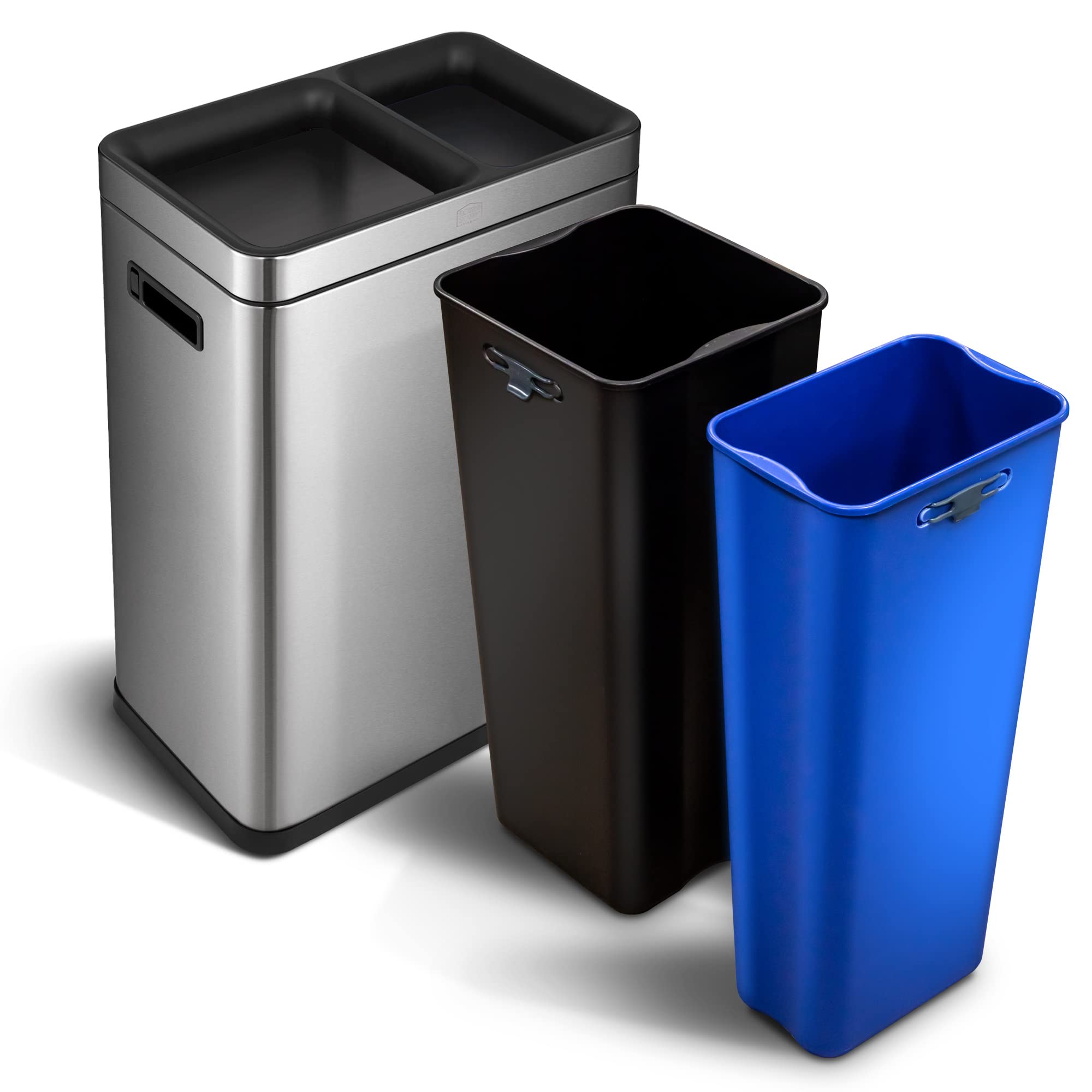
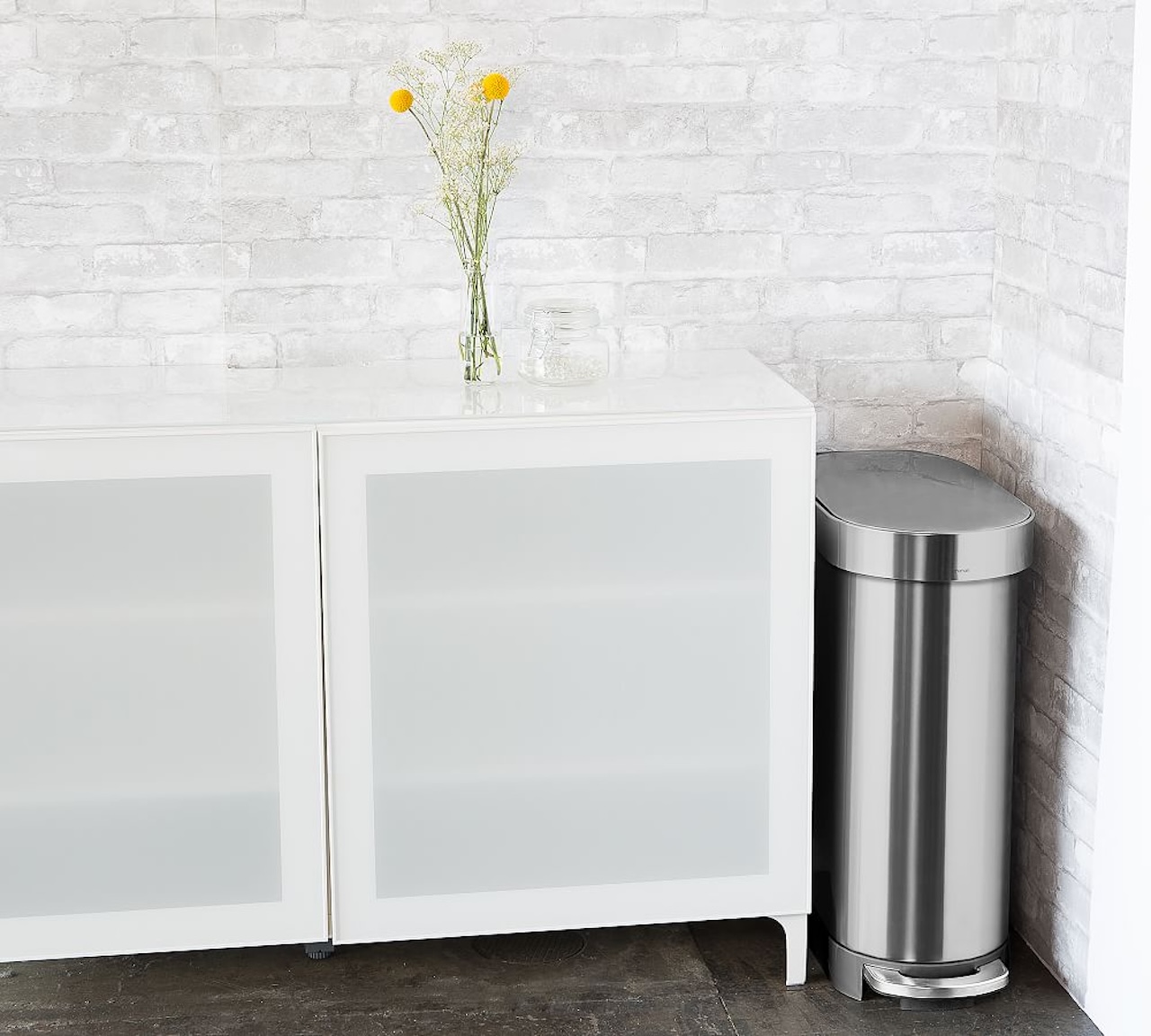

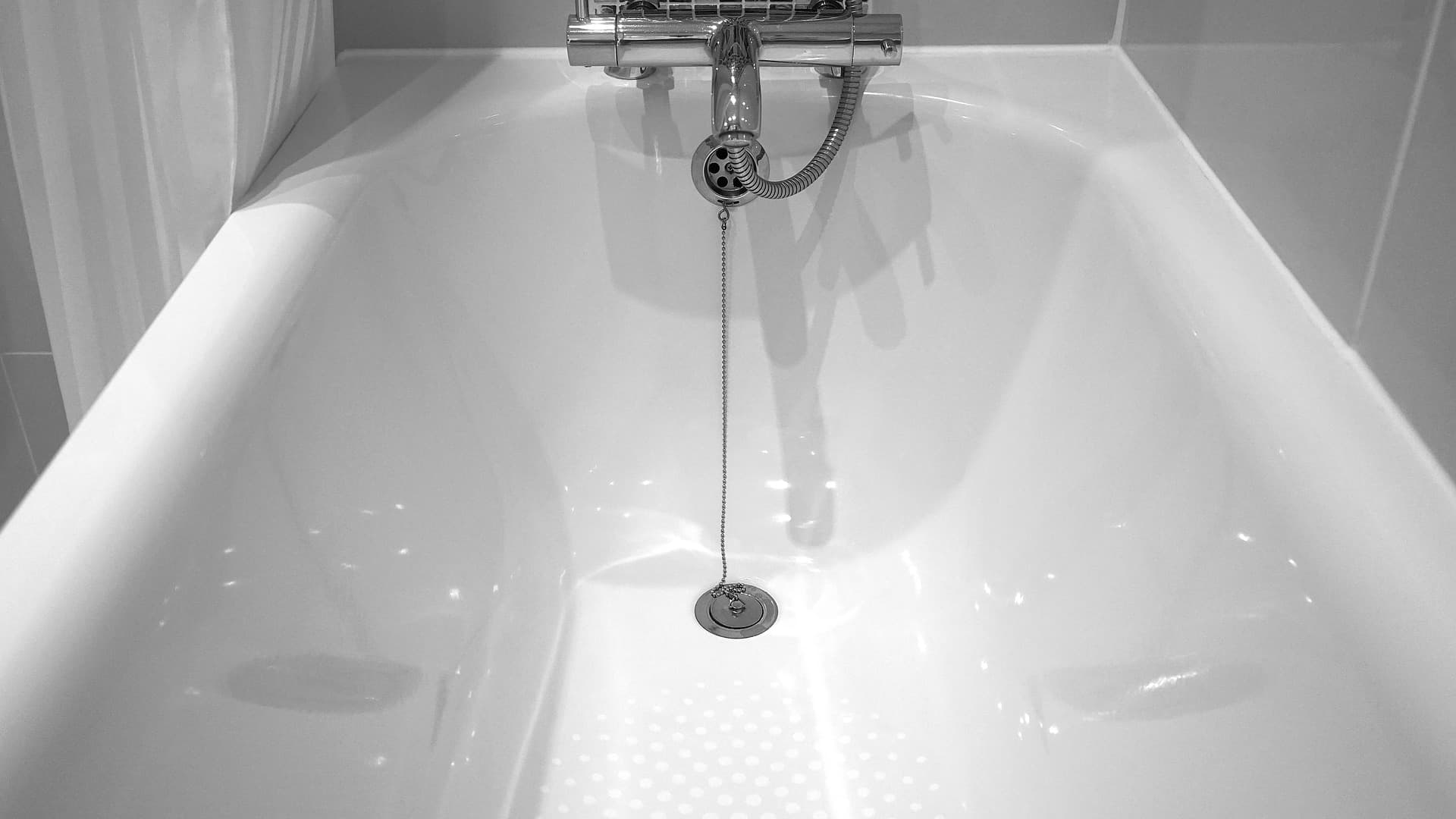
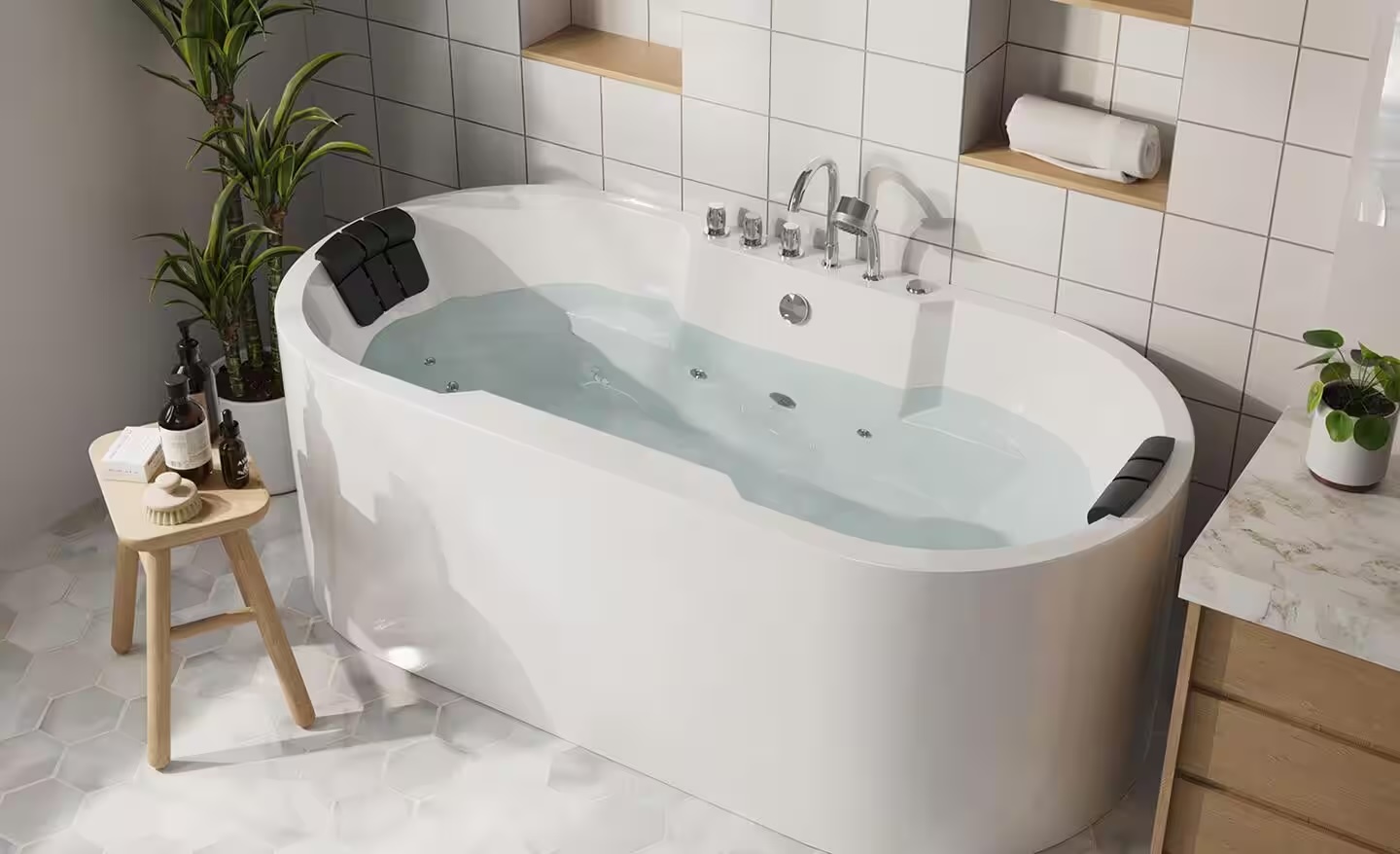
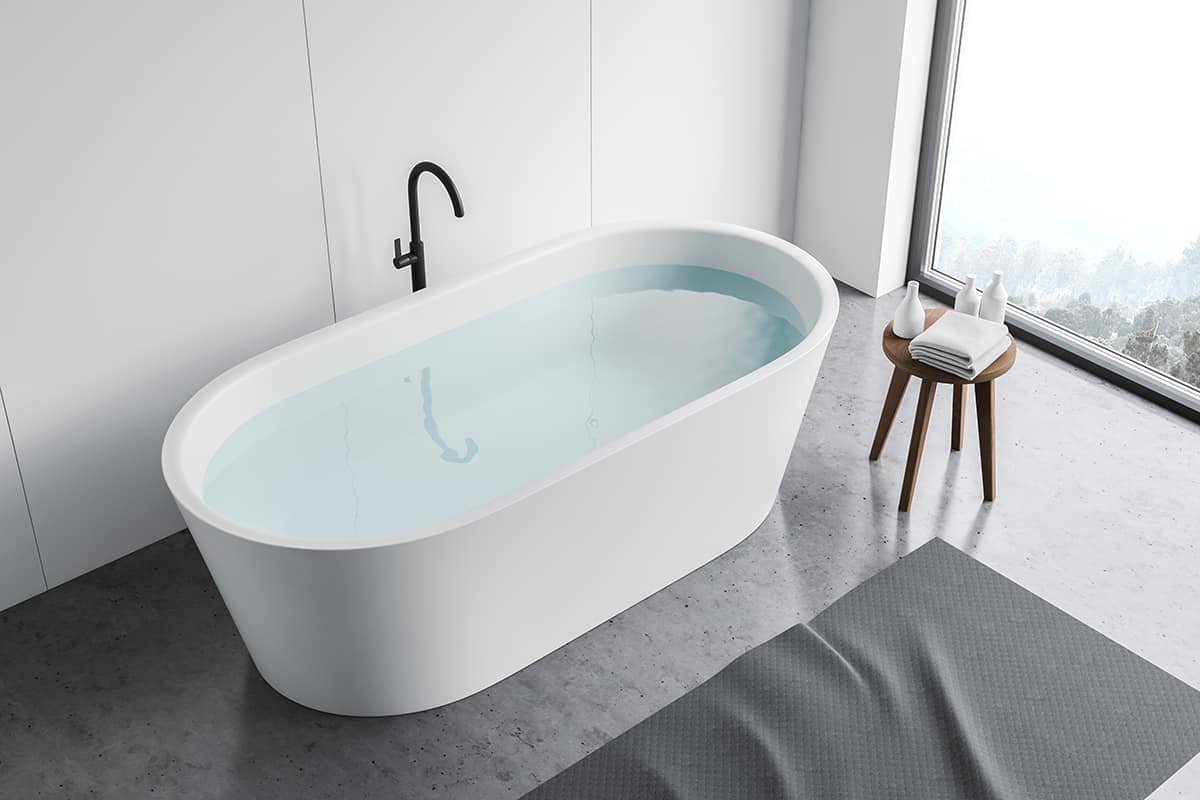

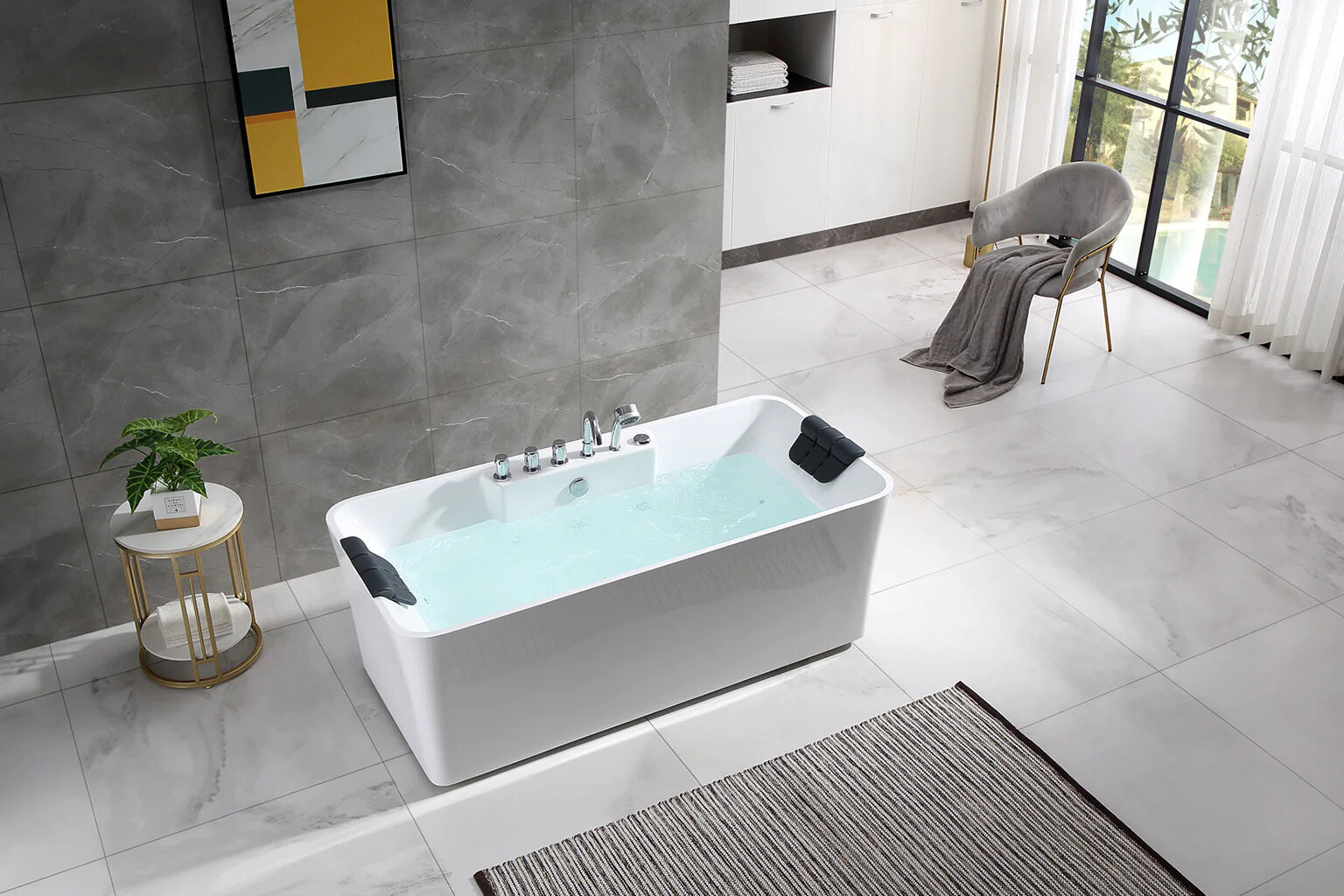
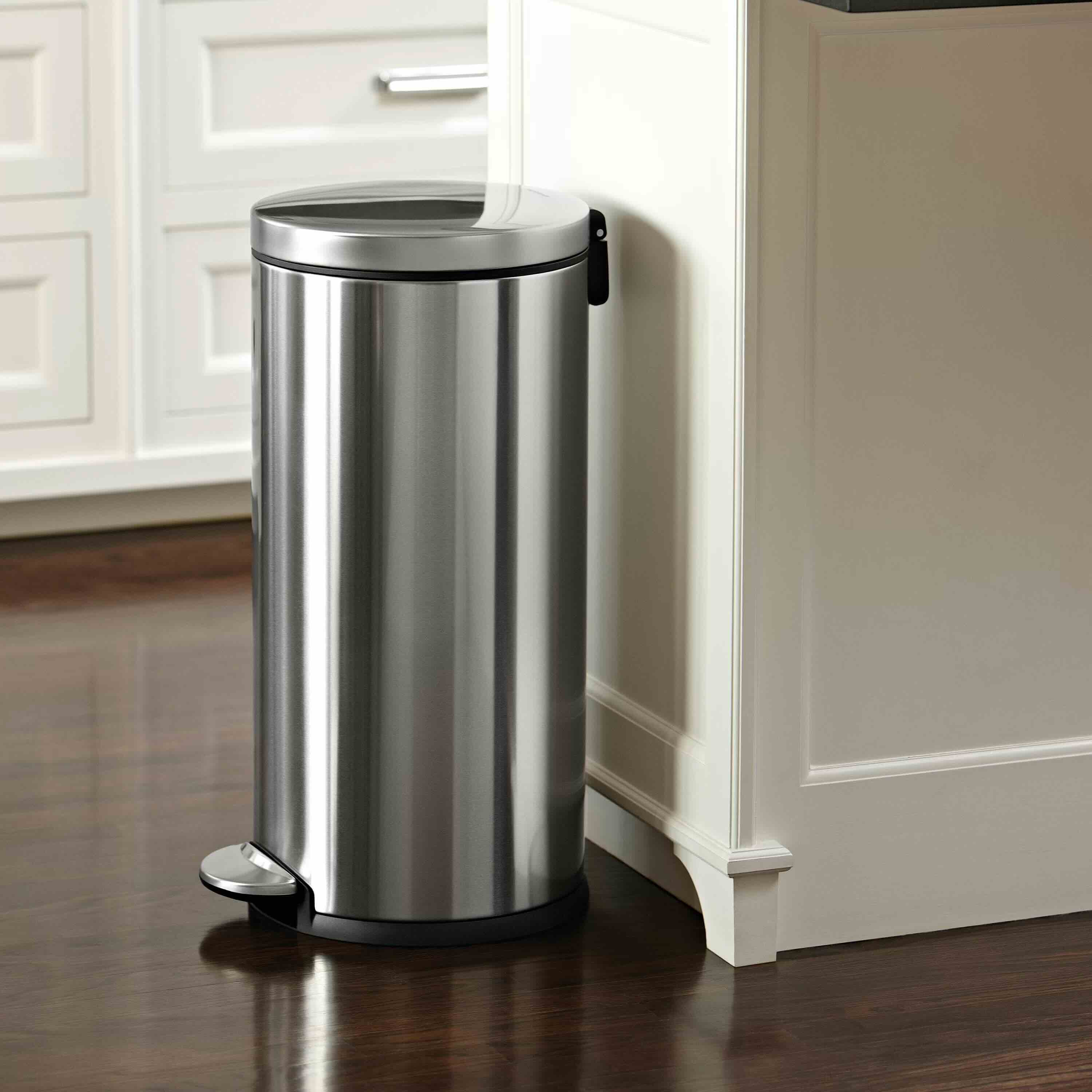
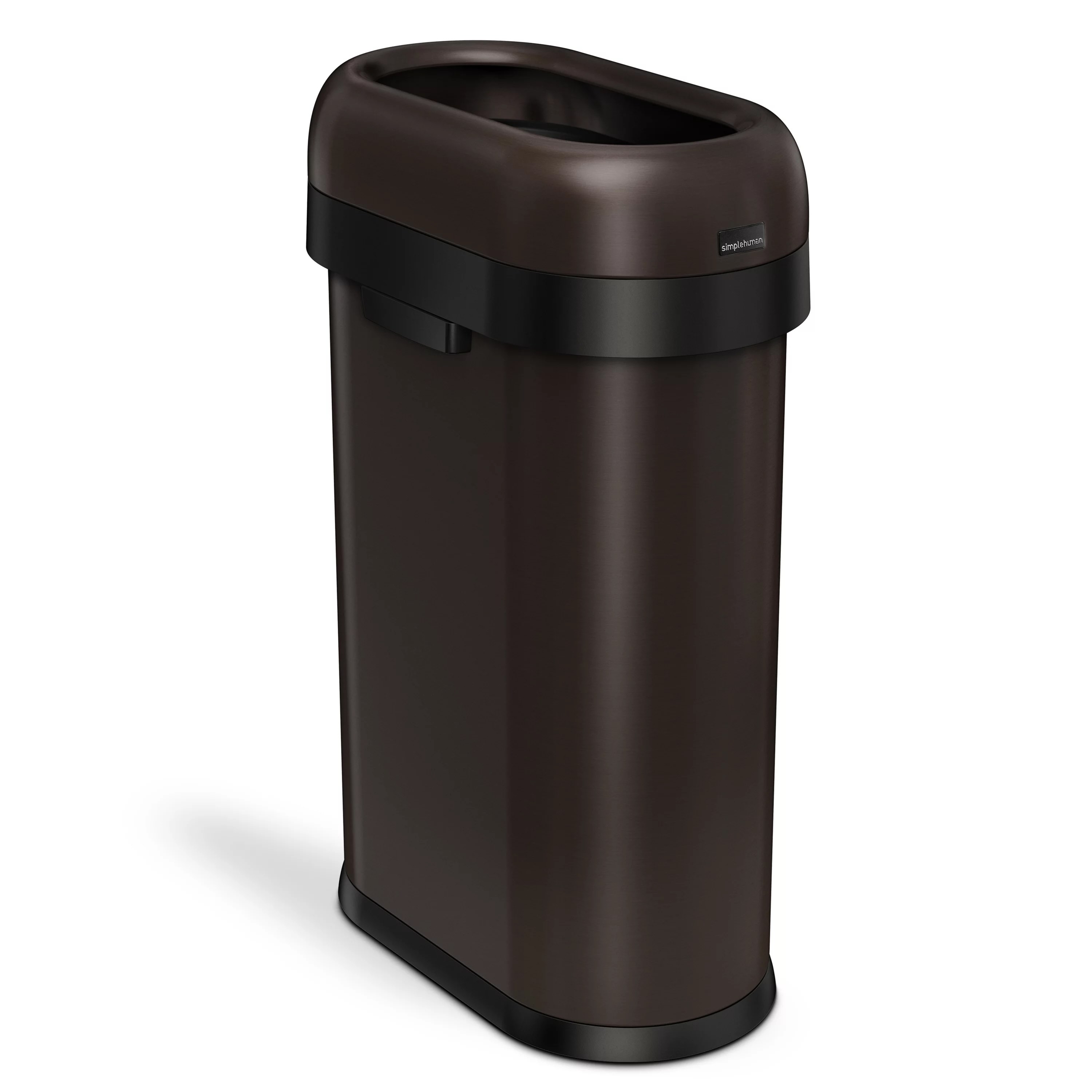



0 thoughts on “How Many Liters Is A Bathtub?”